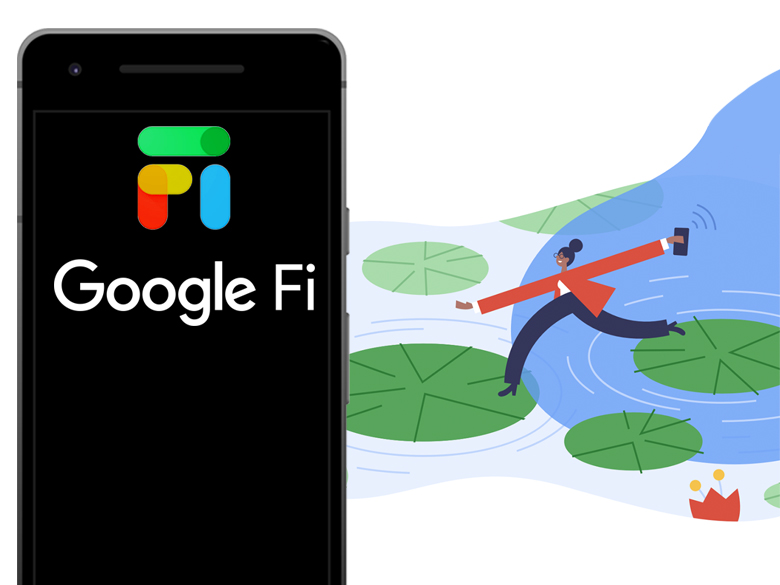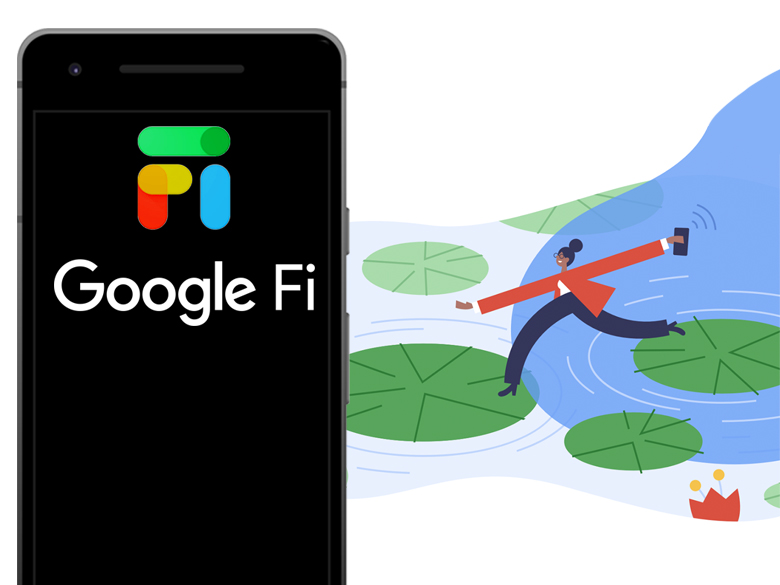Google Fi Review: Best Wireless Service Out There

Google Fi combines three networks with an unprecedented customer experience into a premium wireless service. Customers who bring their own phones will miss some advantages because its not the cheapest option.
It was a foregone conclusion that you would go to one of the Big Four wireless companies when you were looking for a wireless service. These networks are viable solutions today, no matter what telephone you own or what you spend on, such as Verizon, T‐Mobile, AT&T and Sprint. And since 2015, Project Fi, Google’s effort to improve wireless service, has been among the most interesting options in the market.
A big change took place, the “Project” part of the title was shortened to Google Fi a year ago. Fi increased connectivity to almost all unlocked phones and select Android phones from Motorola after previously limiting the service to the pixel users.
We enjoyed FI for the first time in 2017, but in the last two years the system has changed significantly. Depending on the device you bring to the network, it’s improved in many respects, though some catches still exist.
What is Google Fi for?
Google Fi is a mobile virtual network provider that utilizes various networks to provide coverage. In the Fi scenario, these networks are regional career U.S cellular, Sprint and T-Mobile. Google provides better coverage than any of them independently when consolidating all three.
Both three of these networks can not however be linked to every device on Fi. Fi sync devices are available on the Google Fi platform, including Pixel 4 and Pixel 4 XL as well as Pixel 3a and Moto G7 in order to support robust interconnection between the network group. While most GSM defective phones, including iPhones, can be switched to Fi, they can not switch networks, and are stuck on the T-Mobile instead. Fortunately, Google provides you a checklist to identify which Fi features it supports and a convenient tool for finding out if your phone is working on the service.
Shutting between networks is smooth and exists without client experience if you have a Fi-optimized phone. In order to use the fastest and most reliable signal, the Google software automatically connects to more than 2 million Wi-Fi hotspots worldwide in order to save on the consumption of data. Currently, Google said it has improved the transition between LTE and Wi-Fi by reducing the time up to 40 percent. The service works at the same prices in over 170 countries, especially in other countries as it does in home.
Google has for a while now setup its owm Wi-Fi hotspots with VPN so that the interlopers can not interrupt you connenction. Recently, Fi users have progressed to the point where they can link mobile and private Wi-Fi with their VPN. It was originally exclusive to Fi supported devices, you can use it now irrespective of which Android phone you carry to your network. Nonetheless, you may remember that Google says it uses approximately 10 times more data than usual.
Pricing
The most important thing about Google Fi is its price structure. Plans continue for the first line at $20 and for each line afterwards at $15. This first payment includes basically the voice and text. You have to pay 410 per gigabyte for the data you use at end of the month plus taxes and fees.
Google Fi is also unusual, because when one goes over a certain amount of data, its rates do not round up. Using 2.1 GB of data and you are not billed as if you used 3 GB as most other providers would be. Google charges $21, so $1 costs for each 100 MB of data.
Due to Fi’s prominent public wireless networks, you may not even need to buy as many data as you would on other carriers, depending on where you live. That said, we have found that Google’s hotspots in New York City are not so all-encompassing as we expected.
Google Fi app
Fi service has been as consistent and trustworthy as any major network regardless of which device we used. But that’s not the entire story, because half the charm of the network lies in the brilliantly designed app and customer experience. Google is the company that developed Android, and that is why Google Fi app is a fresh air breeze.
A bar shows your data consumption right away after opening the app. You can set a warning to know if you come too close to self-imposed limitations. You will see the rundown of your data plan over clear links to change everything from disabled numbers to voicemail preferences to your account service address, when you scroll down.
Swipe right to the Billing and Help page, where you can conveniently see all of your previous statements. Contacting a representative is also a snap with phone, chat and email alternatives along with expected wait times. In just 1 minute, I received an answer to a chat query.
Free data-only SIM cards can also be ordered from the Fi app and loaded onto other computers, tablets and laptops. The data consumed on these devices is just added in your monthly tally, without extra charges or additional charges, and Google will not charge you for additional tethring on your Fi phone.
Final Words
Google Fi is definitely not the cheapest operator. When you use a lot of data, the services of Google can be very costly. Multiline discounts are equally modest compared to other prepaid carriers like T-Mobile’s metro and boost, and everyone draws from the same data spectrum on Google Fi unless you choose to have the unlimited plan.
Nonetheless, due to a competitive network map, decent coverage for passengers, valuable advantages and technology, Google Fi provides a high-quality user experience. It’s the best combination of price and convenience, with a straightforward pricing structure and a well built software. And these two stuff go very, very far in wireless.
Read Next: Thanks to Advanced AI, Snapchat’s Cameo will Offer a Realistic Version of Bitmoji


